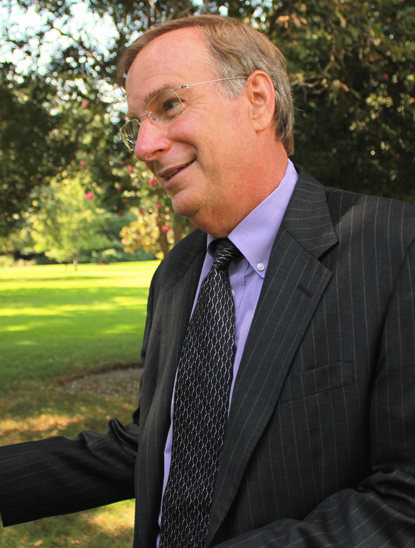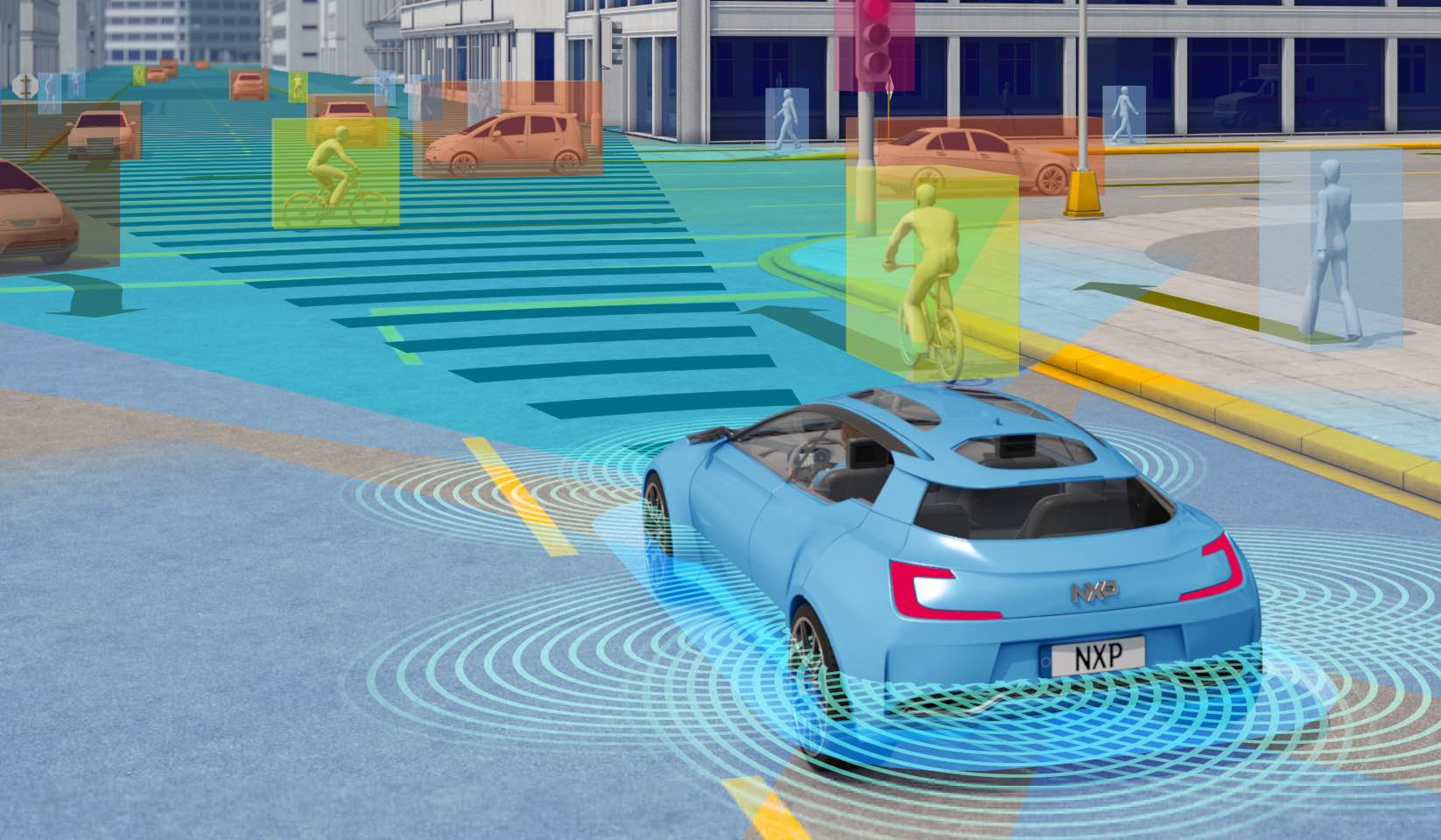This is the second part in Streetsblog's series profiling 11 officials who are bringing American cities and towns into the 21st century when it comes to transportation and planning policy. Read the first three profiles in part one.
Keith Parker
President and CEO, VIA Transit, San Antonio (formerly director of the Charlotte Area Transit System, CATS)

When San Antonio decided it was time to embrace rail, the city turned to Keith Parker. Formerly the head of the Charlotte Area Transit System, Parker knows what it takes to make transit work in a car-centric city, as the overwhelming success of Charlotte's LYNX attests.
LYNX smashed ridership expectations and spurred a wave of transit-oriented development. Its success has inspired nearby cities like Durham to get serious about transit, and it is increasingly seen as a national model.
Now San Antonio is looking to emulate that performance. Currently, this central Texas city is the country's largest with a bus-only transit system. But San Antonio is making up for lost time, having approved plans for 39 miles of light rail and 57 miles of bus rapid transit. The first bus rapid transit line is expected to operate by the end of this year. And the city is planning a three-mile streetcar line through downtown.
Parker, who took the top job at VIA in 2009, is direct about his goals. He told the San Antonio Business Journal shortly after his arrival in the city: "Any community that has not gotten a firm hold on how to deal with congestion, air quality and getting to and from jobs, school and recreational areas is going to get left behind."
And he's finding creative ways to get it done. We gave Parker kudos last year for his ingenious move to grab streetcar funds from a fund that would otherwise be used to advance sprawl development in Texas' unincorporated areas. We also like the program he started in Charlotte to lure people out of their cars and into transit; "Just Try Us" offered a free one-week pass to selected zip codes.
Mike McKeever
Director, Sacramento Area Council of Governments

Mike McKeever is a planner who believes in community involvement. When the Sacramento region was developing its land use plan just over 10 years ago, his agency invested in three complementary data and mapping tools that help make the wonky business of regional land use planning accessible to regular people. These tools -- a planning geek's dream -- used GIS visualization and data projections to present possible land use scenarios to local residents in a brilliantly streamlined and accessible way.
So imagine this: At a public meeting, a visual showing five proposed land use scenarios appears on the screen. The Sacramento Area Council of Governments cross references each scenario with projections for key indicators like traffic volumes and rents, allowing residents to choose their preference wholly informed of the costs and benefits. (These tools are now recommended to communities around the country by the Federal Highway Administration.)
What emerged from that project was Sacramento's influential smart growth plan, the Sacramento Region Blueprint. The plan was groundbreaking in that it linked preferred land use outcomes to transportation spending, promoting "compact, mixed-use development and more transit choices as an alternative to low density development."
Sacramento's Blueprint served as the basis for California's Sustainable Communities Planning Act, also known as SB 375, tying transportation and land use decisions to emissions reduction targets. Now the law of the land across the state, this legislation makes regions responsible for reducing greenhouse gas emissions from passenger vehicles. And it does it through a common-sense, cost-saving approach: focusing growth where people already live and work.





